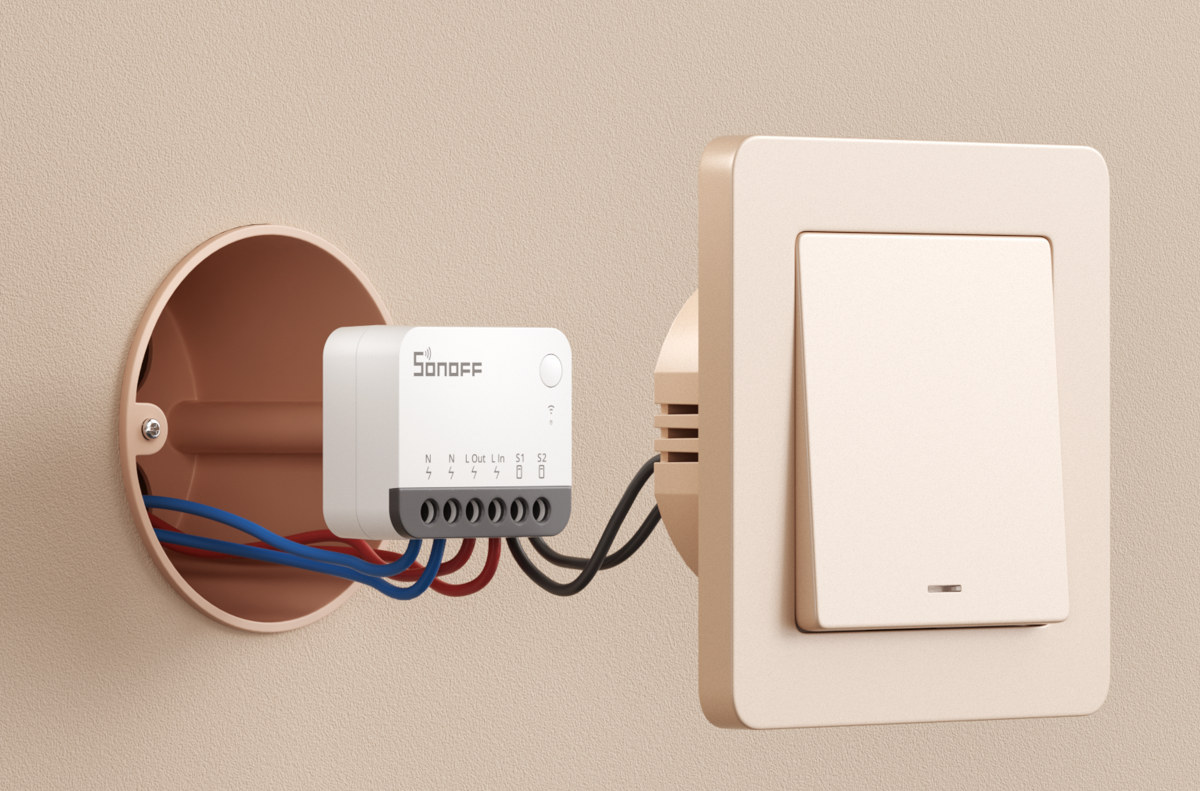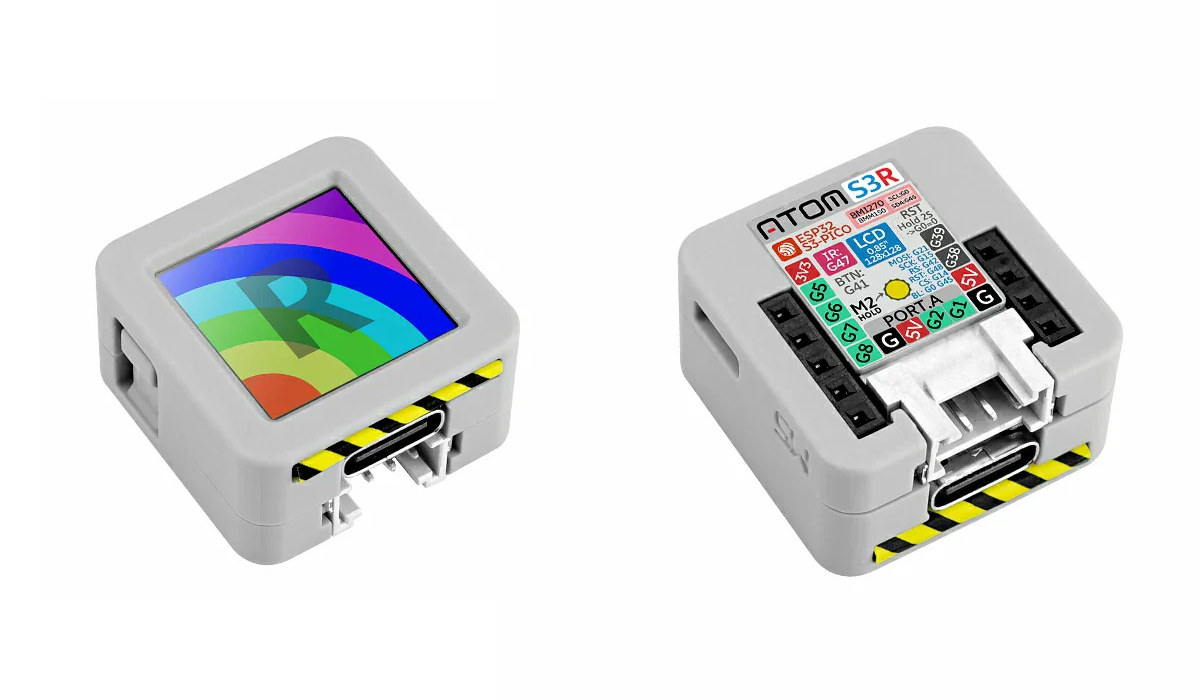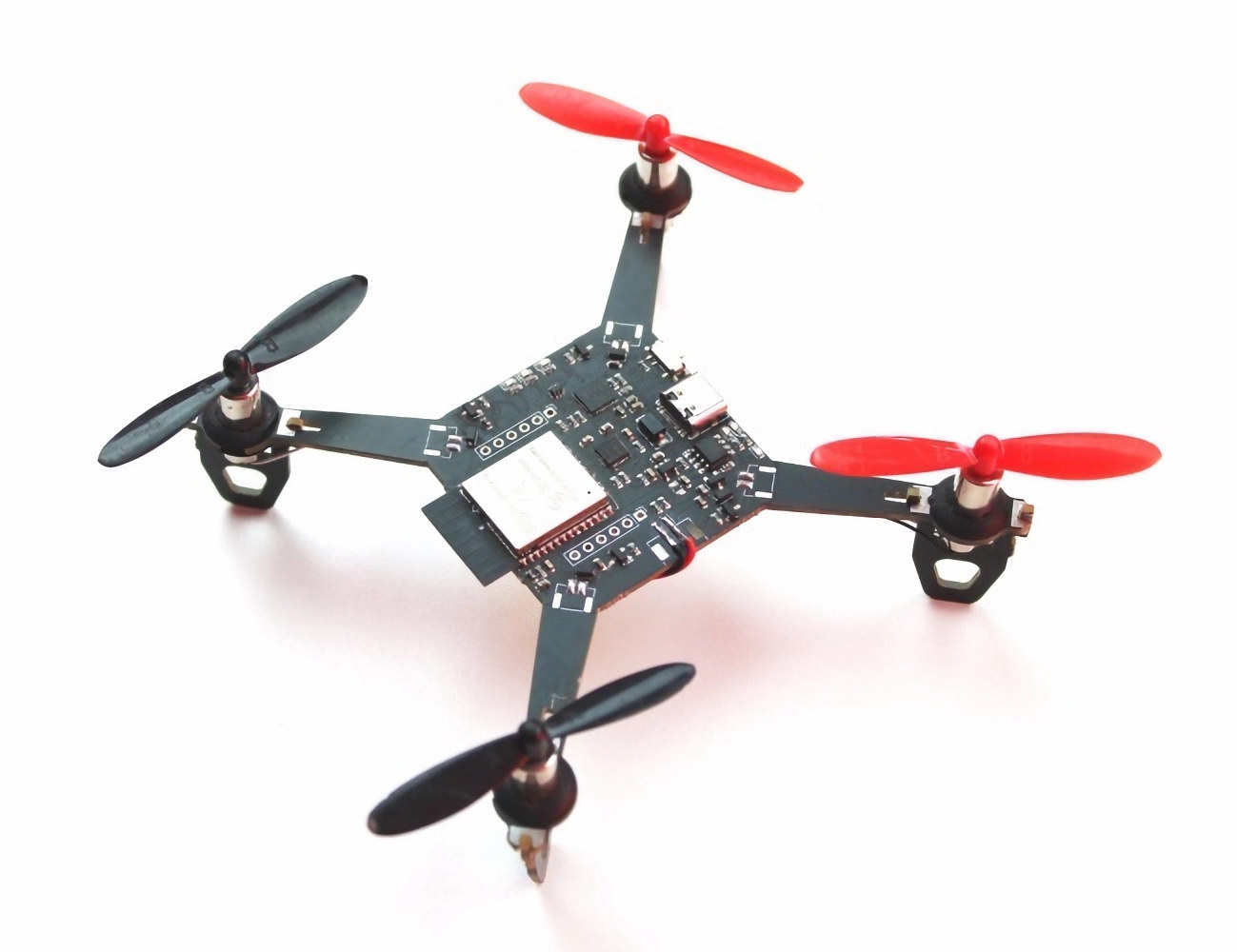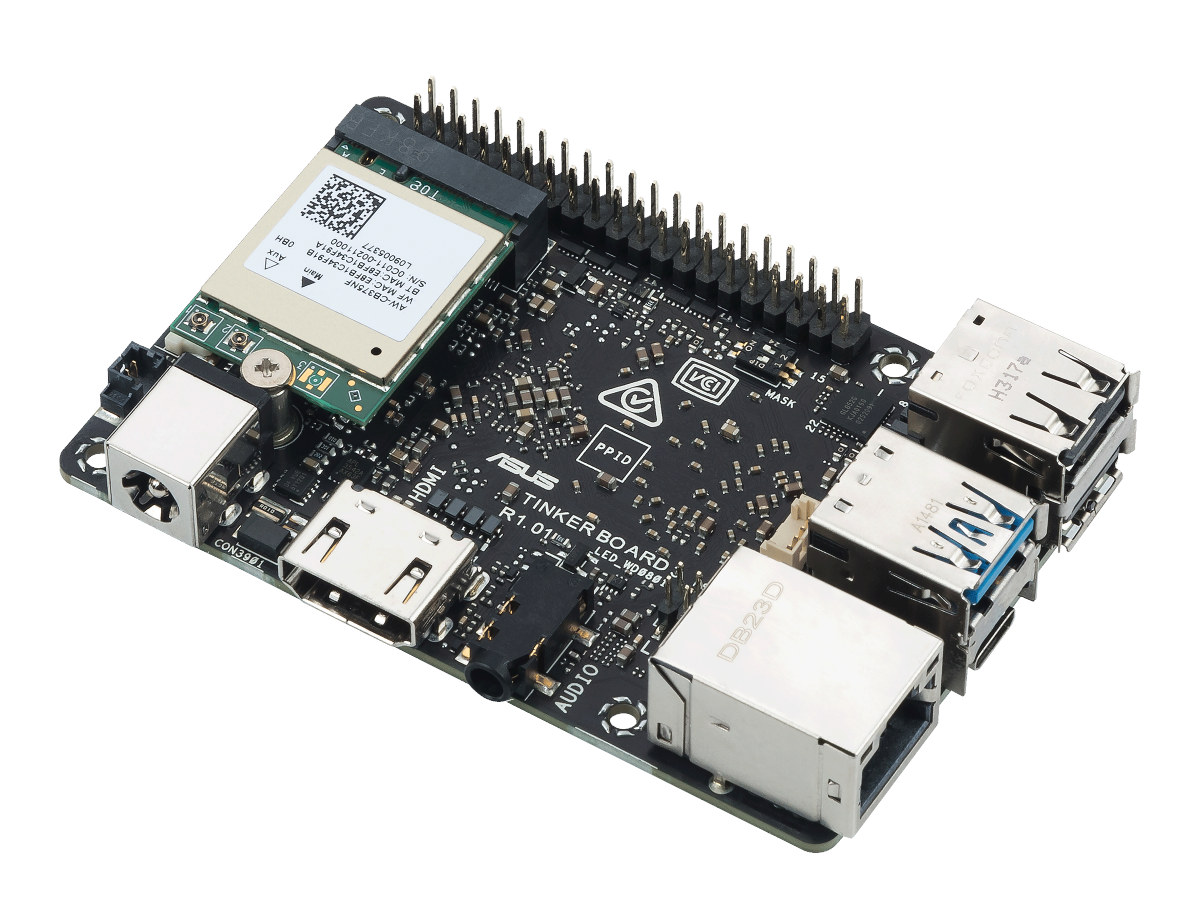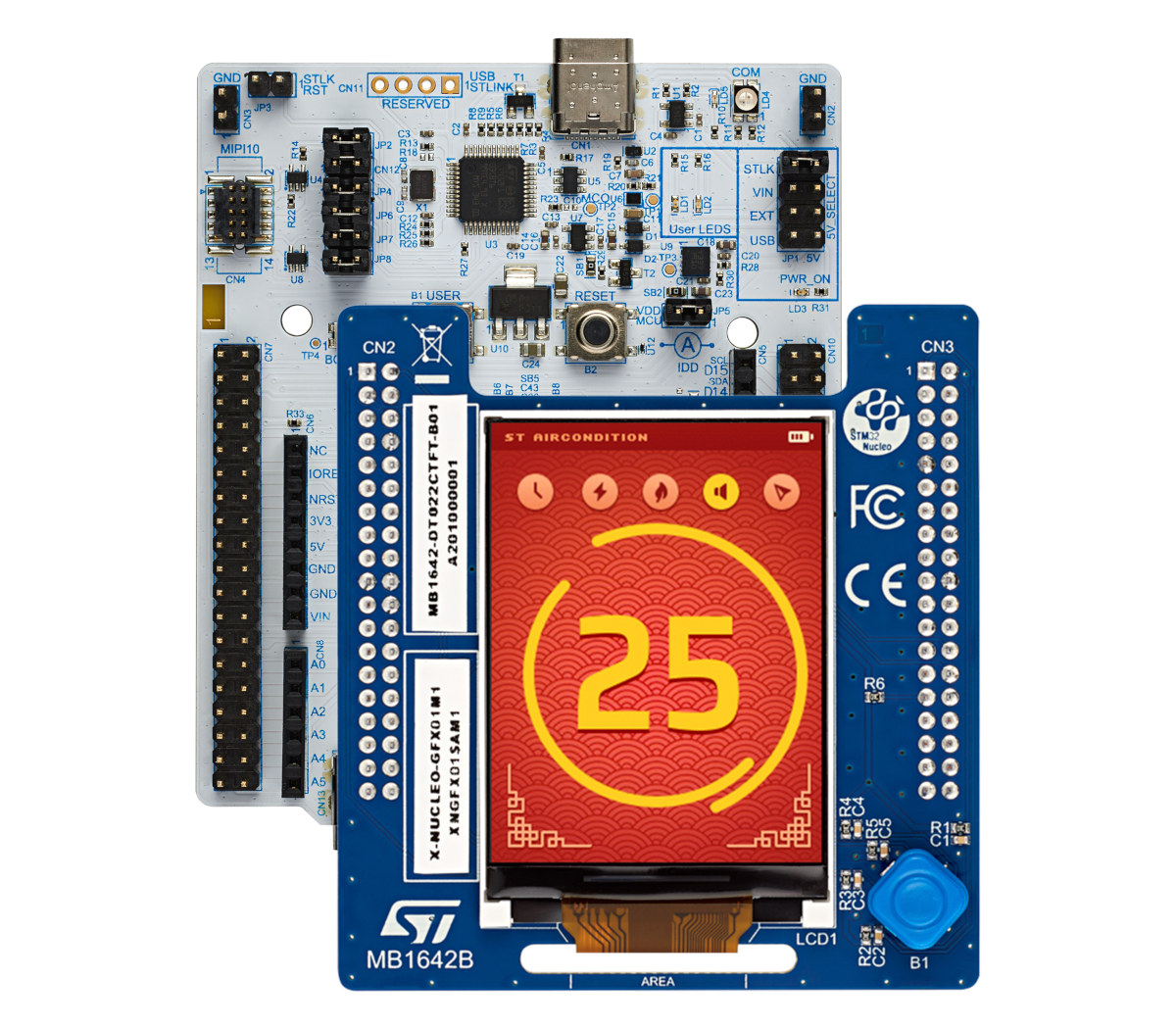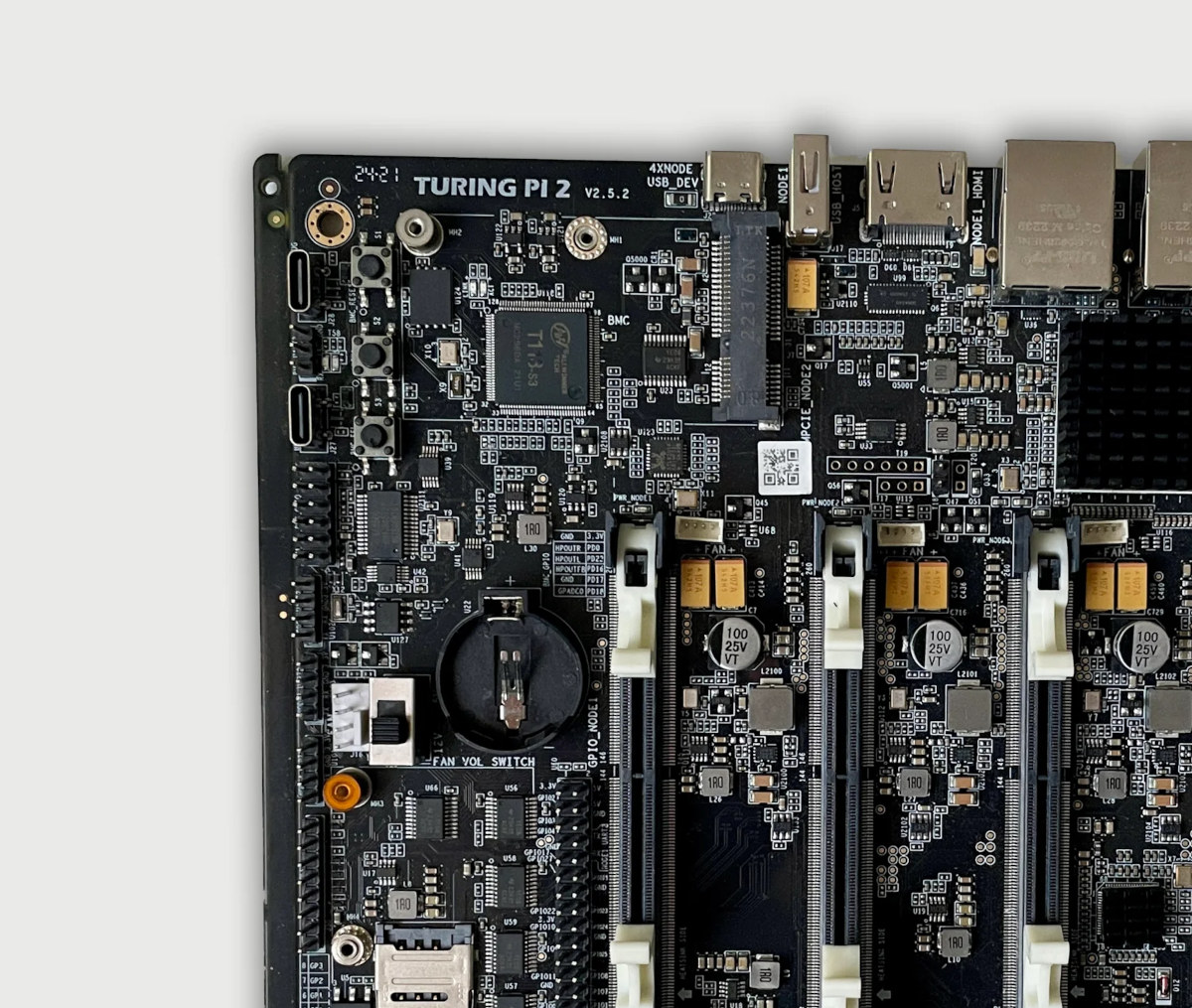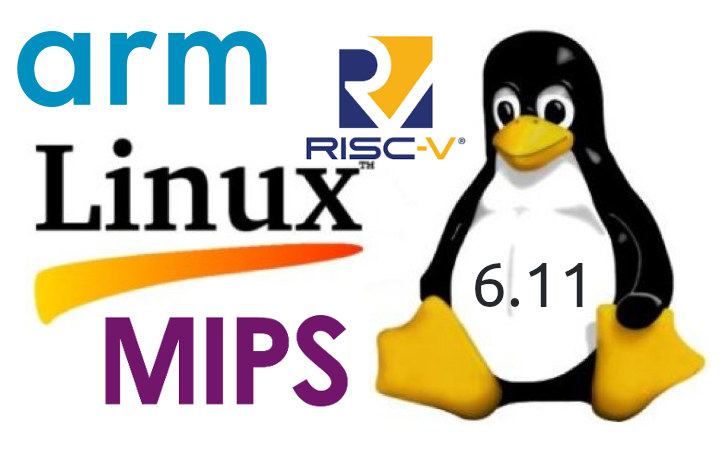SONOFF ZBMINIR2 is a tiny Zigbee smart switch that looks very similar to the SONOFF Zigbee Extreme (ZBMINIL2) but requires a neutral wire and can act as a Zigbee router with up to 64 sub-devices. It also supports new features such as “Turbo mode” for extended range and “detach relay” mode where the states of external switches and relay are separated, so operating the external switch button won’t affect the relay state. The tiny wireless switch can fit into the smallest EU-type/86-type/120-type mounting boxes and works with gateways supporting the Zigbee 3.0 protocol such as ZBBridge Pro, NSPanel Pro, and other compatible Zigbee 3.0 hubs. It also supports external switches (momentary, door, SPDT, and rocker), voice control through Amazon Alexa and Google Home, and like other SONOFF devices is designed to be controlled through the eWelink mobile app by default. SONOFF ZBMINIR2 specifications: MCU – Unspecified – Potentially the same […]
M5Stack ESP32-S3-Pico-based devkits: ATOMS3R with 0.85-inch color display, and ATOMS3R Cam with VGA camera
M5Stack ATOMS3R and ATOMS3R Cam are two tiny devkits based on ESP32-S3-Pico system-in-package and a similar design but the first one features a 0.85-inch color color IPS display, while the other is equipped with a GC0308 VGA camera. Both modules measure just 24x24mm with a thickness of around 13mm, integrate BMM150 and BMI270 motion sensors, offer GPIO expansion through female headers and a grove connector, and feature an infrared transmitter and a USB Type-C port for power and programming. Those are the second devkits based on the ESP32-S3-Pico SiP after we covered the tiny OMGS3 module earlier this week. M5Stack ATOMS3R with display ATOMS3R specifications: SiP – Espressif ESP32-S3-PICO-1-N8R8 SoC ESP32-S3 dual-core Tensilica LX7 up to 240 MHz with 512KB SRAM, 16 KB RTC SRAM Wireless – WiFi 4 and Bluetooth 5 LE + Mesh Memory – 8MB QSPI PSRAM Storage – 8MB QSPI flash Display – 0.85-inch color IPS screen […]
LiteWing DIY ESP32 drone costs about $12 to make
Circuit Digest’s LiteWing is a low-cost DIY drone controlled by an ESP32 module, based on a custom PCB and off-the-shelf parts that costs around 1000 Rupees to make, or $12 at today’s exchange rate. The DIY ESP32 drone was designed as a low-cost alternative to more expensive DIY drones that typically cost close to $70. The result is a WiFi drone that fits in the palm and controlled over WiFi using a smartphone. Interestingly it does not include any 3D printed parts as the PCB forms the chassis of the device. DIY ESP32 drone key features and components Wireless module – ESP32-WROOM-32 for WiFi control using a smartphone. Storage – MicroSD card slot Sensors – MPU6050 IMU for stability control. Propulsion 4x 720 coreless motors 2x 55mm propeller type A(CW) 2x 55mm propeller type B(CCW) USB – 1x USB-C port for charging and programming (via CP2102N) Power Management 1300mAh Li-Ion […]
ASUS Tinker Board 3 – A credit-card sized Rockchip RK3566 SBC with 12V to 19V DC input
ASUS Tinker Board 3 is a credit card-sized SBC based on Rockchip RK3566 SoC with an HDMI port, a 3.5mm audio jack, gigabit Ethernet, an M.2 socket for WiFi and Bluetooth, four USB ports, and a 40-pin GPIO header with a layout similar to the Raspberry Pi 3 Model B. When I first wrote about the Tinker Board 3 in 2023, it was a larger (100 x 100 mm) SBC based on Rockchip RK3568 SoC that was later renamed to Tinker Board 3N, now also available as a complete rugged system (more about that in a subsequent post). The new Tinker Board 3 (2024) is a completely different design that competes against Radxa ROCK 3C and Orange Pi 3B boards also based on RK3566 and offered in a business card/credit card form factor similar to the Raspberry Pi 3B. Tinker Board 3 specifications: SoC – Rockchip RK3566 CPU – Quad-core […]
STMicro STM32C071 Arm Cortex-M0+ MCU adds USB FS interface, targets inexpensive GUI implementations
STMicro has just announced the availability of the STM32C071 Arm Cortex-M0+ microcontroller part of the STM32C0 series with 128 KB of flash and 24 KB of RAM suitable for driving a small 320 x 240 display using an SPI interface and building affordable graphical user interfaces (GUI) for appliances. The microcontroller also adds a crystal-less USB FS device interface, additional SPI and I2C interfaces, and extra GPIOs (up to 61) all of which are 5V tolerant. For evaluation and quickly get started with firmware development, STMicro also offers the NUCLEO-C071RB development board and X-NUCLEO-GFX01M2 display expansion board. STM32C071 low-cost Cortex-M0+ MCU for GUI in appliances STM32C071 specifications: MCU Core -Arm 32-bit Cortex-M0+ CPU @ up to 48 MHz Memory – Up to 24KB SRAM with HW parity check Storage – Up to 128KB flash with protection and securable area Peripheral interfaces Up to 61x fast I/Os, all 5V tolerant 5-channel […]
Turing Pi 2.5 mini-ITX cluster board for system-on-modules launched along with a mini-ITX enclosure
The Turing Pi 2.5 is a mini-ITX motherboard designed for clusters of system-on-modules such as Raspberry Pi CM4, NVIDIA Jetson modules, or the company’s own RK1 SoM powered by a Rockchip RK3588 AI SoC. A mini-ITX case compatible with both the Turing Pi 2 and 2.5 boards is also available. The Turing Pi 2.5 is an upgrade to the earlier Turing Pi 2 with the main key features, but some updates related to USB, HDMI output, new 8-pin connectors for I2C, audio, and GPIO pins, and BMC upgrades. While the company has just announced the start of Turing Pi 2.5 and the mini-ITX case pre-order, documentation and photos on the store and documentation website have not been updated. Everything is still about the Turing Pi 2 except for the information in the announcement. I won’t go through the specs since they are not available for the latest version, but the […]
Linux 6.11 Release – Notable changes, Arm, RISC-V and MIPS architectures
Linux 6.11 is out with Linus Torvalds’ announcement on the Linux kernel mailing list (LKML): I’m once again on the road and not in my normal timezone, but it’s Sunday afternoon here in Vienna, and 6.11 is out. The last week was actually pretty quiet and calm, which is nice to see. The shortlog is below for anybody who wants to look at the details, but it really isn’t very many patches, and the patches are all pretty small. Nothing in particular stands out – the biggest patch in here is for Hyper-V Confidential Computing documentation. Anyway, with this, the merge window will obviously open tomorrow, and I already have 40+ pull requests pending. That said, exactly _because_ I’m on the road, it will probably be a fairly slow start to the merge window, since not only am I on my laptop, there’s OSS Europe starting tomorrow and then the […]
ESP32-S3-PICO-based OMGS3 is the world’s smallest fully-featured ESP32-S3 module/board
Based on the ESP32-S3-PICO system-in-package (SiP), Unexpected Maker OMGS3 is a small, yet full-featured ESP32-S3 module/board whose designer claims is the world’s smallest in its category at just 25x10mm in size. It replaces the earlier Unexpected Maker NanoS3 based on the ESP32-S3FN8 SoC measuring 28 x 11 mm. The OMGS3’s ESP32-S3-PICO SiP integrates a dual-core ESP32-S3 WiFi and BLE wireless SoC, 8MB QSPI flash, and 2MB QSPI PSRAM. The board itself also includes a 3D antenna, an RGB LED, two LEDs for power and charging, and I/Os are exposed through 26 solder pads. Unexpected Maker OMGS3 specifications: SiP – Espressif ESP32-S3-PICO SoC ESP32-S3 dual-core Tensilica LX7 up to 240 MHz with 512KB SRAM, 16 KB RTC SRAM Wireless – WiFi 4 and Bluetooth 5 LE + Mesh Memory – 2MB QSPI PSRAM Storage – 8MB QSPI flash Antenna – High-gain 3D antenna I/Os via 26x solder pads Up to 17x GPIO […]


